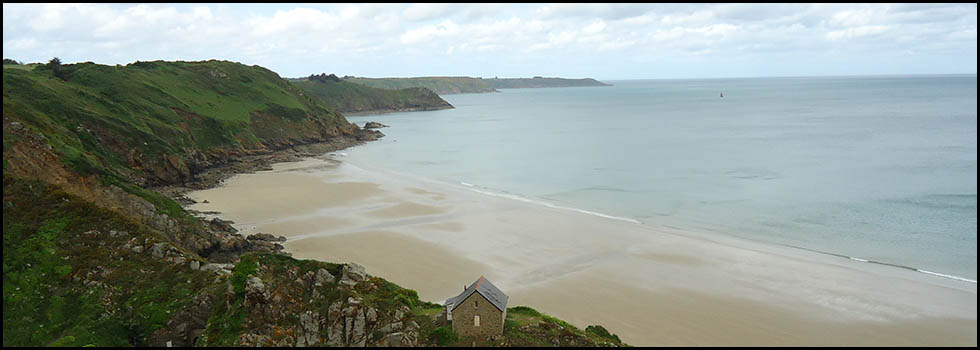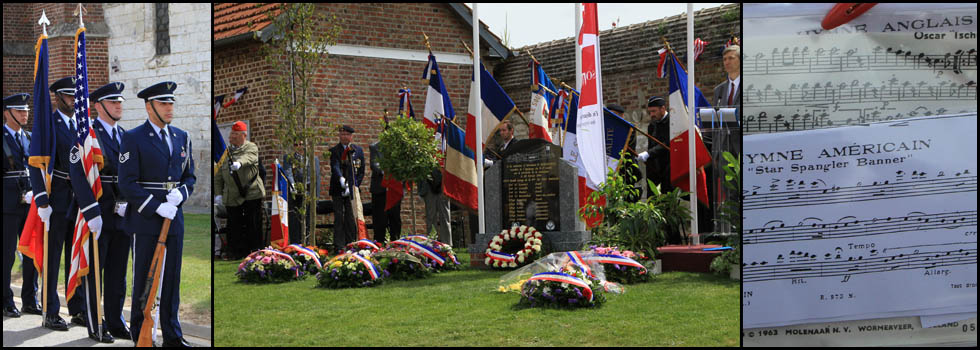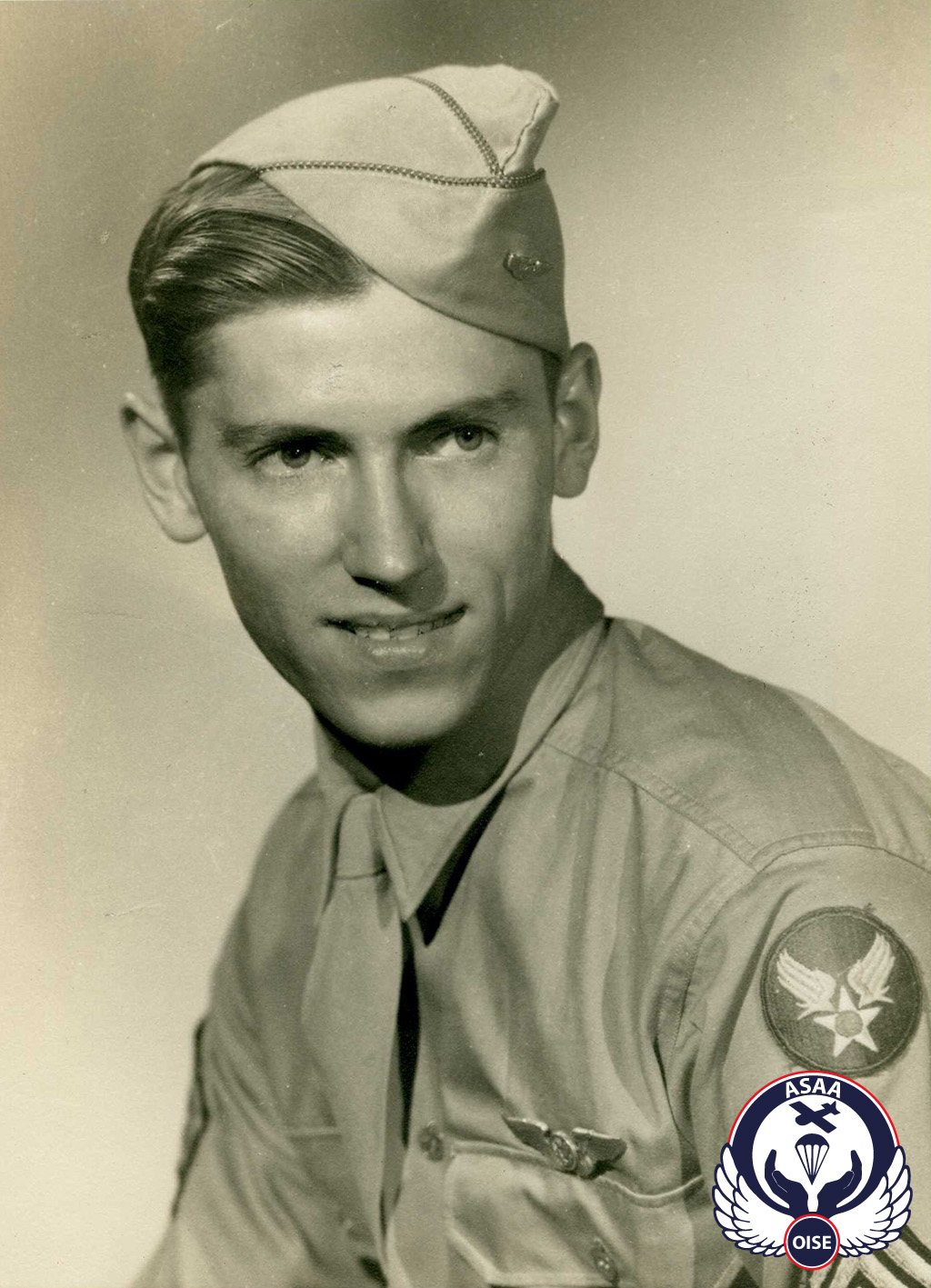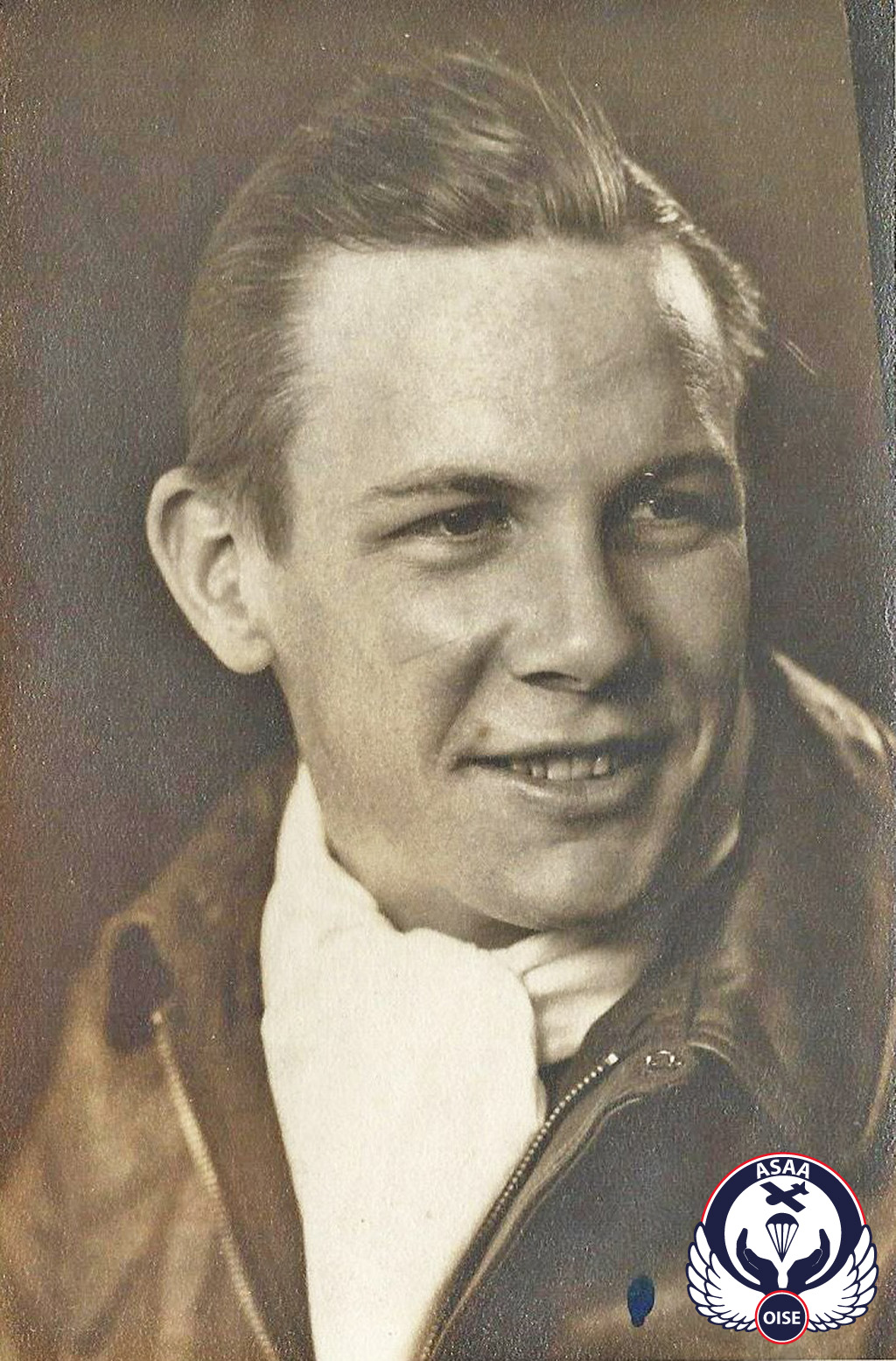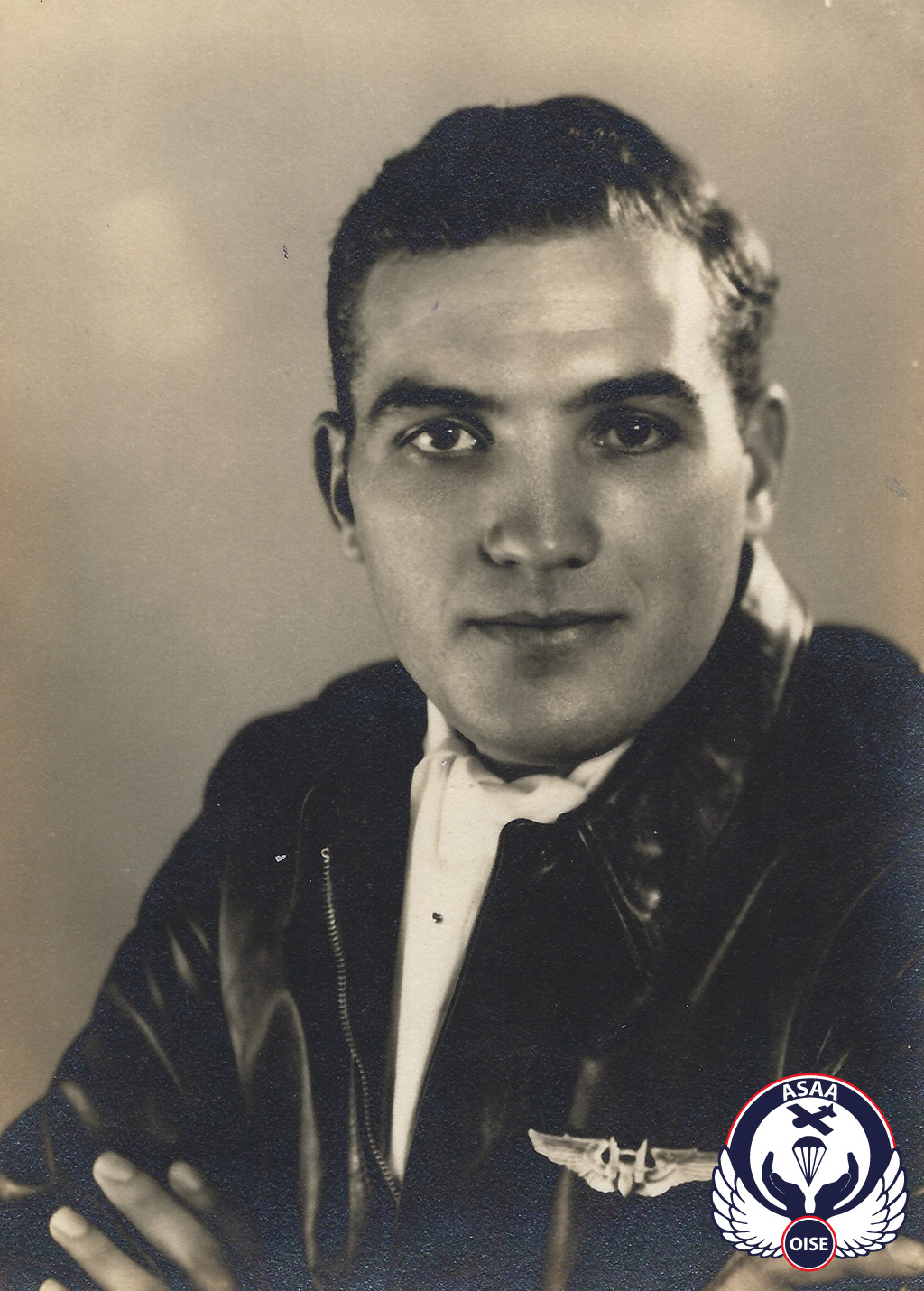30th December 1943
Boeing B-17F # 42-29963 "Judy"
379th Bomb Group
527th Bomb Squadron
8th Air Force
Ully-Saint-Georges (Oise)
En français
169th strategic operation for the U.S. 8th Bomber Command for which there was no let-up at this end of the year.
The 379th Bomb Group, based in Kimbolton, Cambridgeshire, was designated to take part in this large-scale raid, sending a formation of 44 B-17 bombers.
Among these, the "Judy" # 42-29963.
Having completed a mission on the Focke-Wulf plant in Bremen, Germany, on 20th December and another on 24th December on the V1 site at Bonnières-Beauvoir, in the Pas de Calais, France, this was to be the 3rd mission of the crew.
| 2nd Lt. Glenn E. CAMP Jr | Pilot | 21 | Evaded and POW | El Paso, Texas |
| F/O Joseph F. FITZGERALD | Co-pilot | 20 | KIA | Minonk, Illinois |
| 2nd Lt. Jarvis H. COOPER | Navigator | 23 | Evaded and POW | Lakewood, New Jersey |
| 2nd Lt. Edward J. DONALDSON | Bombardier | 19 | Evaded | Dumont, New Jersey |
| S/Sgt. Richard R. GIERSCH | Top turret gunner | 19 | KIA | Cleveland, Ohio |
| S/Sgt. Milton J. MILLS Jr | Radio-operator | 20 | Evaded | Kenova, West Virginia |
| Sgt. Marcus C. PIERCE | Ball turret gunner | 20 | KIA | New Orleans, Louisiana |
| Sgt. Douglas J. FARR | Right waist gunner | 22 | Evaded | Michaux, Virginia |
| Sgt. Neelan B. PARKER | Left waist gunner | 20 | Evaded | Choice, Texas |
| S/Sgt. Robert E. CROSS | Tail gunner | 24 | KIA | Licking, Missouri |
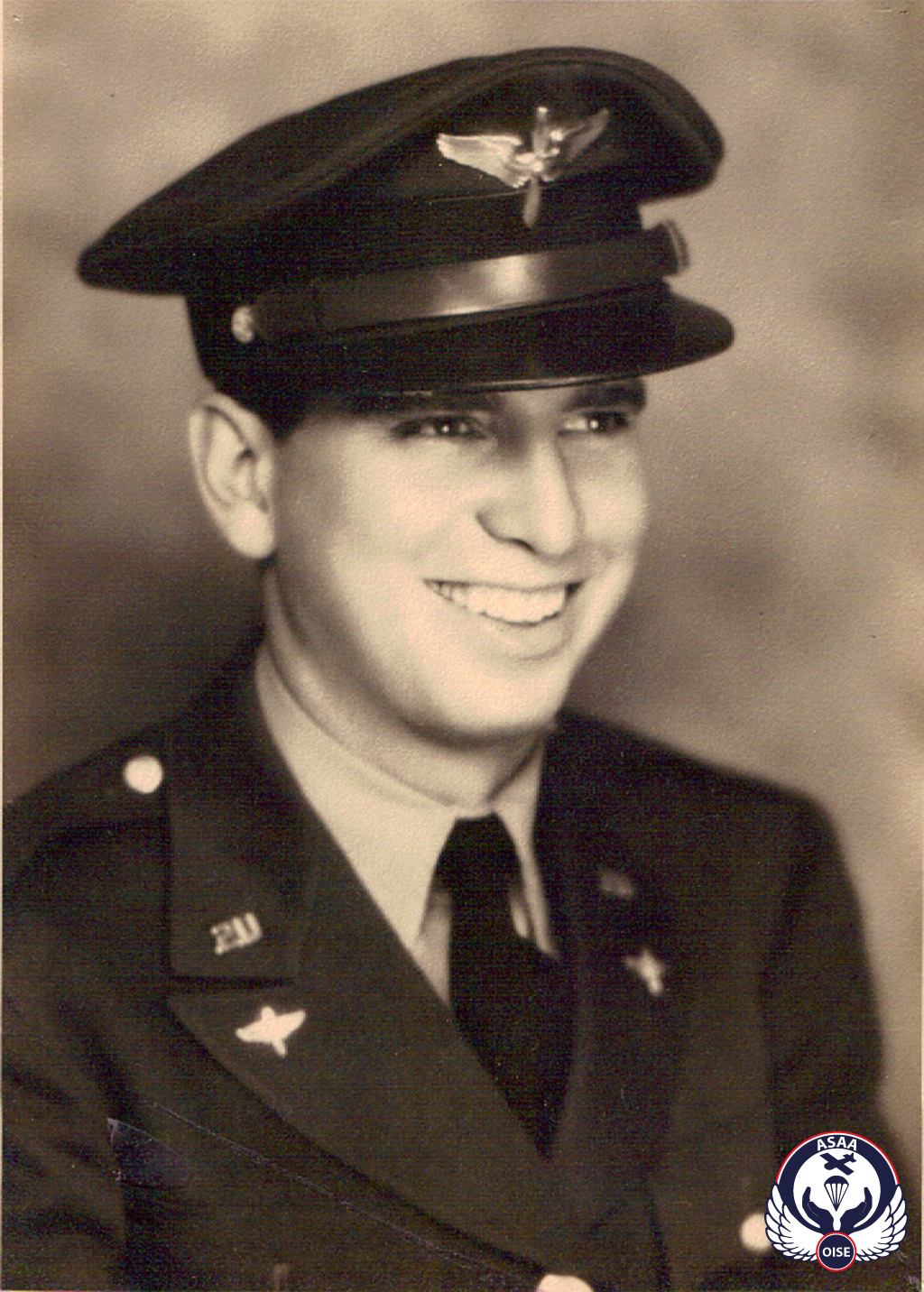
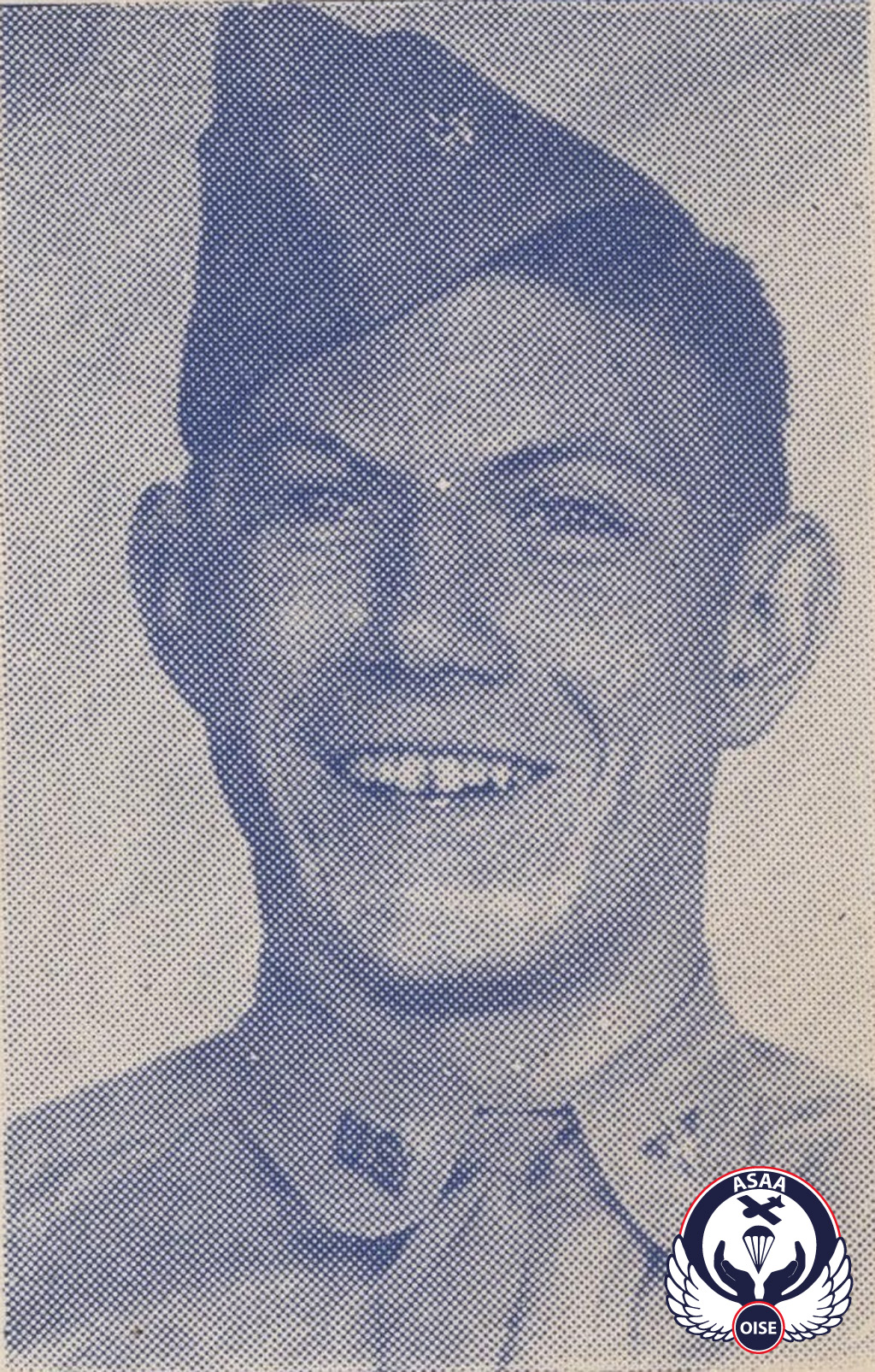
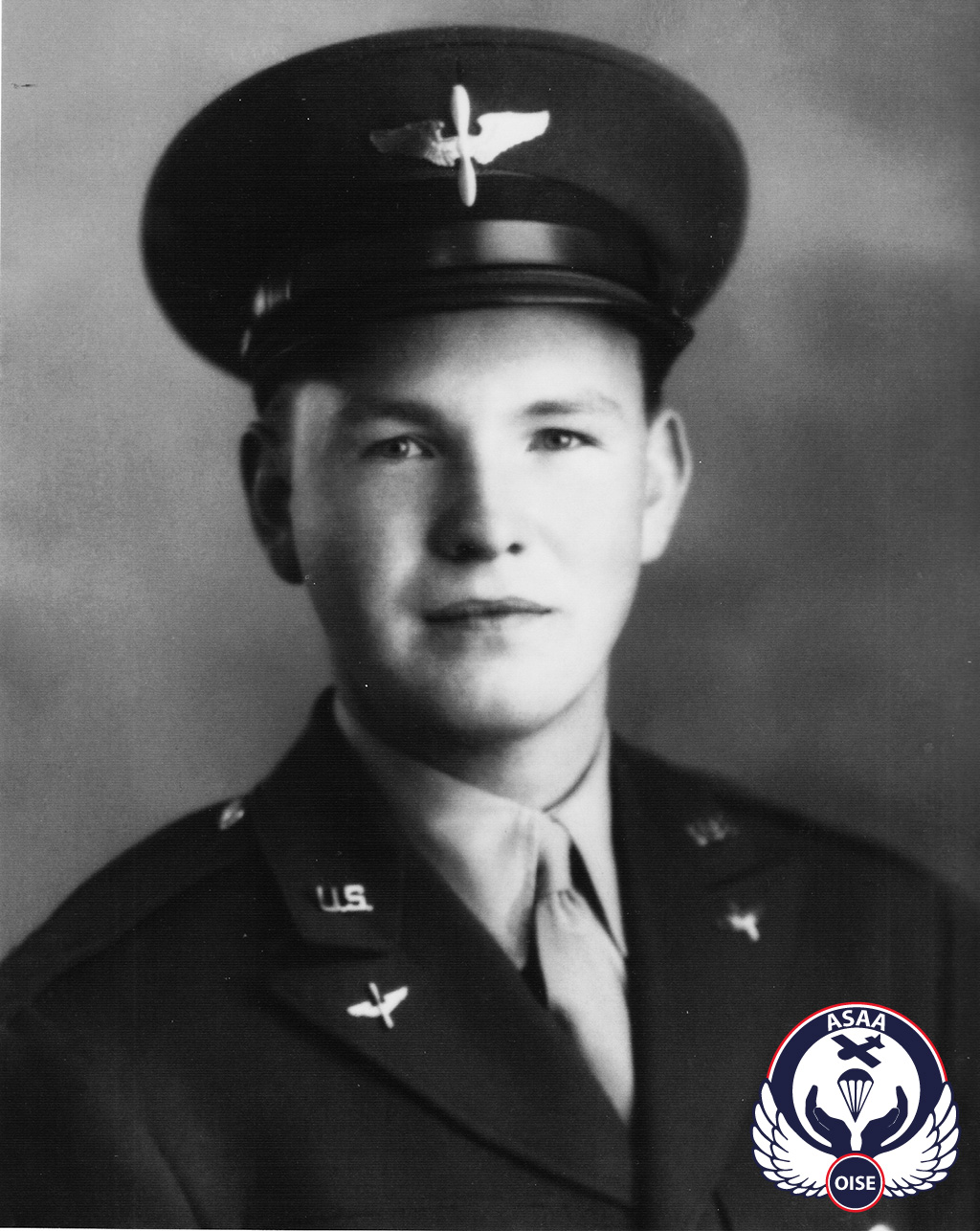
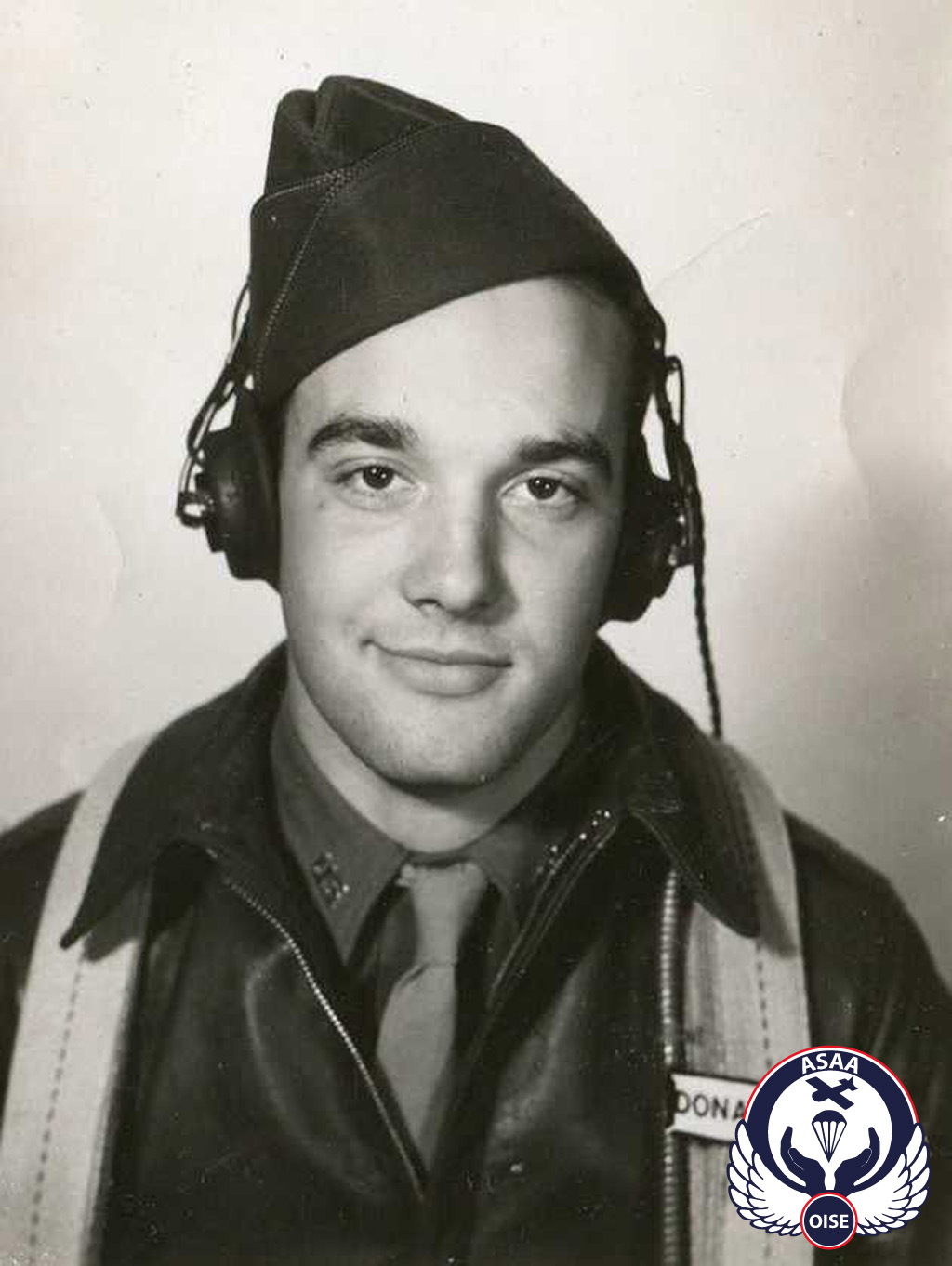 2nd Lt. Glenn E. Camp Jr F/O Joseph F. Fitzgerald 2nd Lt. Jarvis H. Cooper 2nd Lt. Edward J. Donaldson
2nd Lt. Glenn E. Camp Jr F/O Joseph F. Fitzgerald 2nd Lt. Jarvis H. Cooper 2nd Lt. Edward J. Donaldson
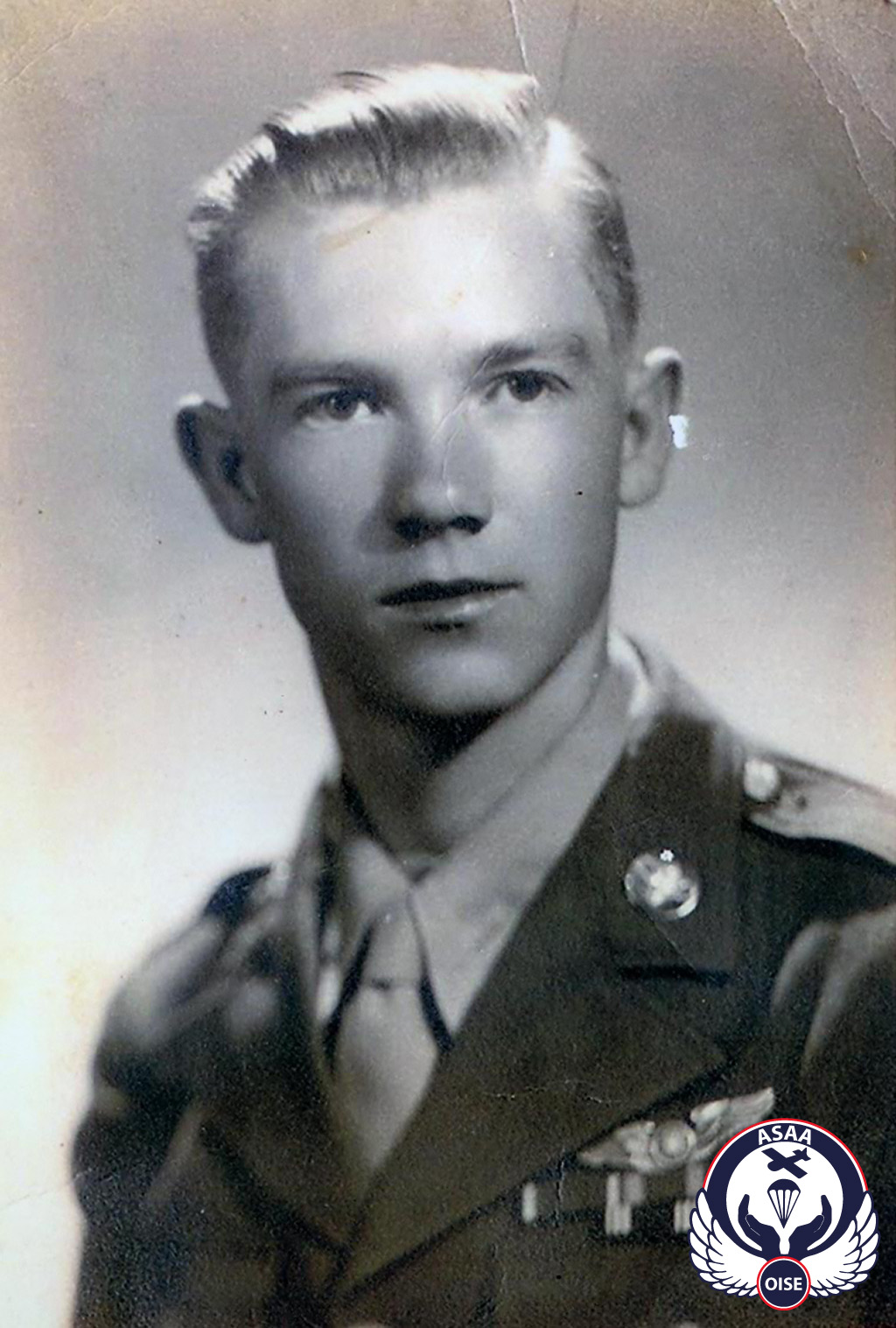
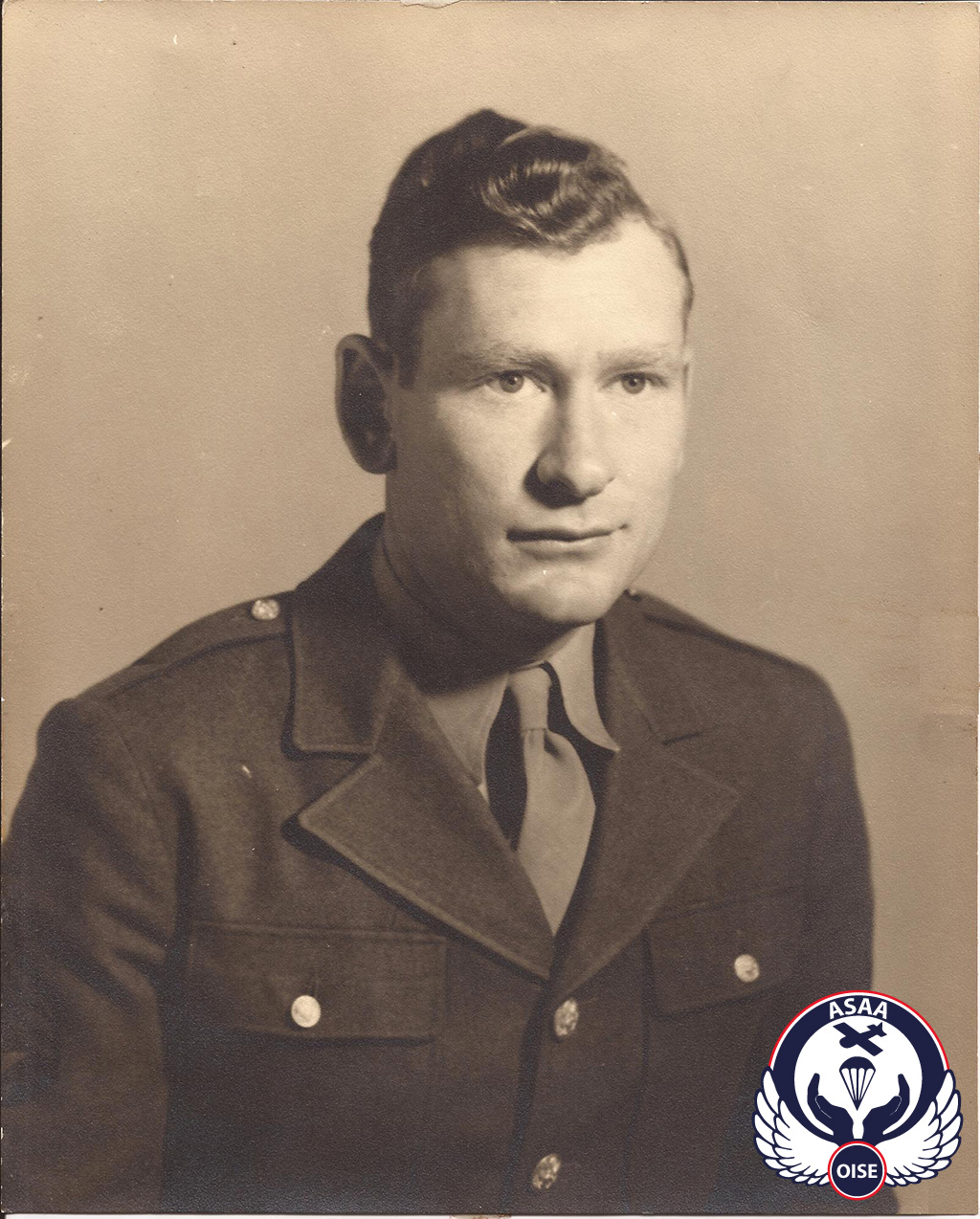
Sgt. Neelan B. Parker S/Sgt. Robert E. Cross
Near Ludwigshafen, cloud cover completely covered the city. The German anti-aircraft artillery returned fire on the attackers in the final approach. Allied planes came under fire from bursting shells. Bombers were hit, others were slaughtered, often resulting in the death of their crews. 23 bombers and 13 fighter planes were reported missing on this raid.
Despite the losses, the bombing took place at an altitude of 21,000 ft between noon and 1:00 pm.
1,400 tons of bombs were dropped on the target.
Hit again, the Flying fortress became uncontrollable. Some crew members were injured, others killed. The pilot ordered the crew to evacuate the aircraft.
Now at very low level and doomed, the B-17 "Judy" hit the treetops and disintegrated in the Bois Morel, in the territory of the municipality of Ully-Saint-Georges (Oise).
Among the wreckage, three dead bodies were found: those of the co-pilot Joseph F. Fitzgerald, of the ball turret gunner Marcus C. Pierce and of the tail gunner Robert E. Cross.
Injured and having evacuated the aircraft at too low level, the body of the gunner Richard R. Giersch was found in a field near the scene of the crash. His parachute did not have time to open.
The bodies of the four airmen were buried the next day in the cemetery of Boran-sur-Oise.
After the war, three of them would be repatriated to the United States, at the request of their families.
Only Marcus C. Pierce still rests in France, his body being transferred post-war to the Normandy American Cemetery in Colleville-sur-Mer.
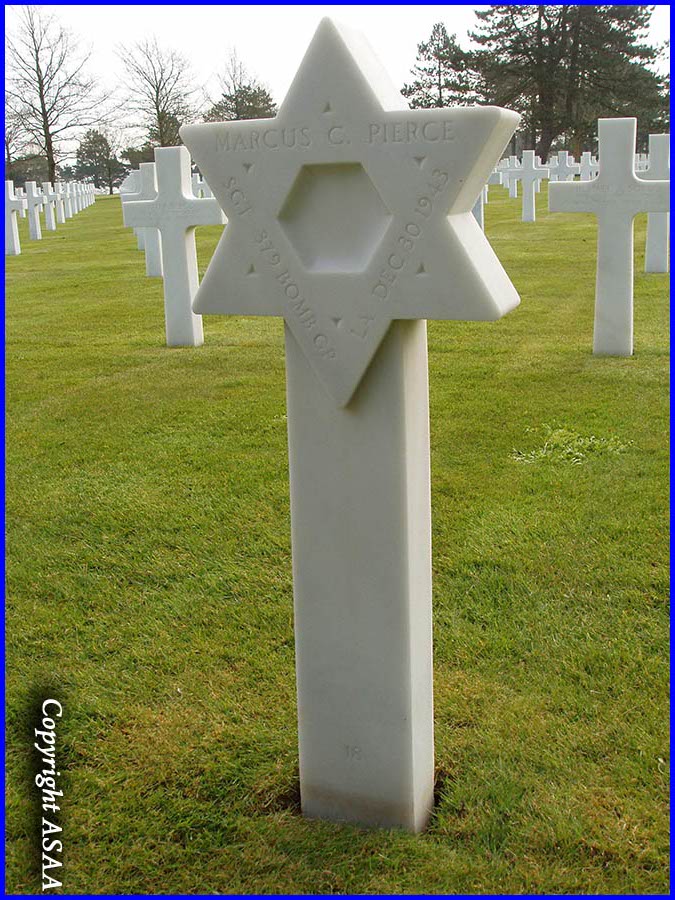 Normandy American Cemetery
Normandy American Cemetery
Marcus C. Pierce's grave
Upon landing, the other six airmen of the B-17 "Judy" were more lucky. They were all rescued collected, hidden and cared for by the people of our region, despite all the risks.
On 12th January 1944, in the United States, all the families of the crew members were notified by a telegram from the War Department that their husbands or sons had not returned from the 30th December mission. There was no further information. For the families then began the agonizingly long wait, in the hope that everyone had survived the crash.
French families did not hesitate to provide immediate help to the survivors throughout their escape in our region. Among these, the Robillard, d'Haleine families and Dr. Andrieu at Neuilly-en-Thelle, the Malingue family at Crouy-en-Thelle, the Legrand-Sauvage family at Clermont, the Toussaint family in Creil, the Lauro family at Gouvieux, the Dorez and Duchateau families at Montataire and the Eckert family at Noailles .
The Alsace network, led by Gilbert Thibault at Auneuil played a major role in helping many Allied airmen, including some from the B-17 "Judy", before directing them to established escape routes.
The six airmen received the help of different escape lines :
- Sgt. Douglas J. Farr, with the help of Vengeance-Turma network, managed to reach Spain on 27th January 1944, less than one month after the crash of his plane. Via Gibraltar and Casablanca, he landed at Prestwick, Scotland on 24th March 1944.
- 2nd Lt. Edward J. Donaldson and Sgt. Neelan B. Parker, with the Shelburn escape line, were conveyed to the north coast of Brittany. They were repatriated to England aboard a corvette of the Royal Navy, on the night of 16th to 17th March 1944 during Operation Bonaparte III.
- S/Sgt. Milton J. Mills Jr. was conveyed to the Pyrenees by "Jacqueline," the future Mrs. Geneviève Le Berre, of the Burgundy network. He reached Spain on 20th April 1944. Via Gibraltar, he returned to England by air on next 30th May.
Taken in charge by the Comet network, 2nd Lt. Glenn E. Camp and 2nd Lt. Jarvis H. Cooper were captured by the Germans in early May 1944, on a train, not far from the Spanish border which they were hoping to cross.
They were incarcerated in the prison of Bayonne, then in Fresnes. Later they were sent to Stalag Luft I at Barth, in northern Germany.
Released in April 1945 by the Soviet Army, Glenn E. Camp and Jarvis H. Cooper were repatriated in the following weeks to the United States.
On 11th September 2011, a ceremony was held at Ully-Saint-Georges (Oise) in memory of the crew.
March 2012 - Visit of the Mills family
October 2013 - Visit of Rudy Sanders, S/Sgt. Robert E. Cross's nephew
10th August 2014 - Visit of Glenda Gray, 2nd Lt. Glenn E. Camp's granddaughter

